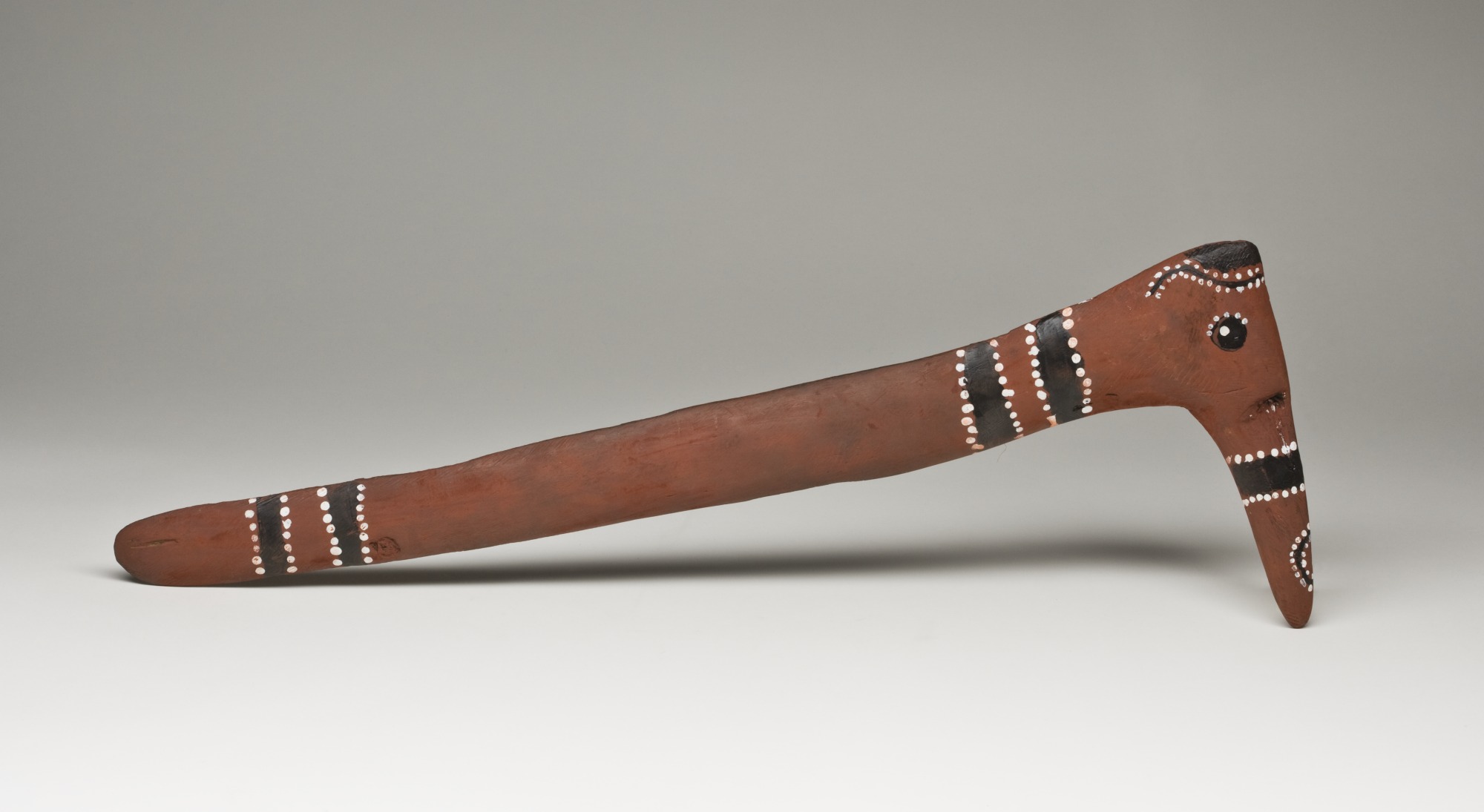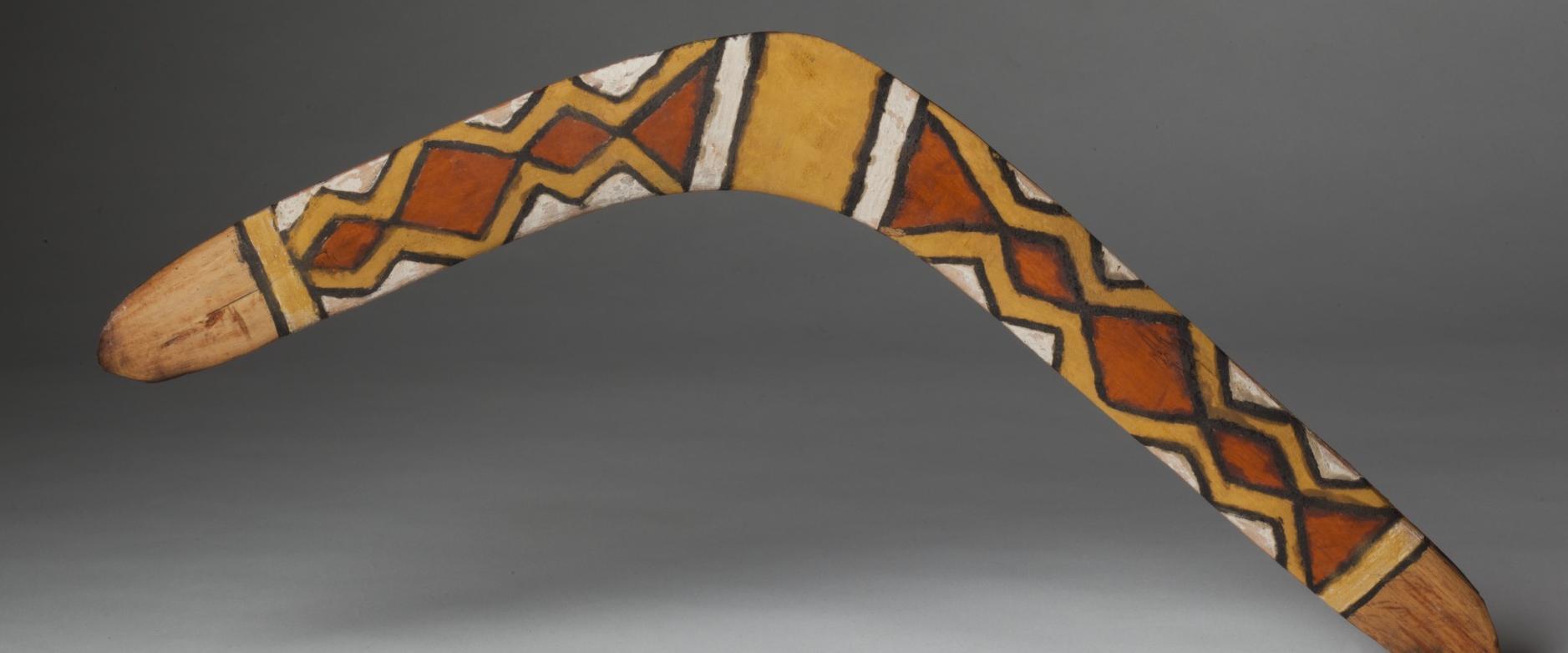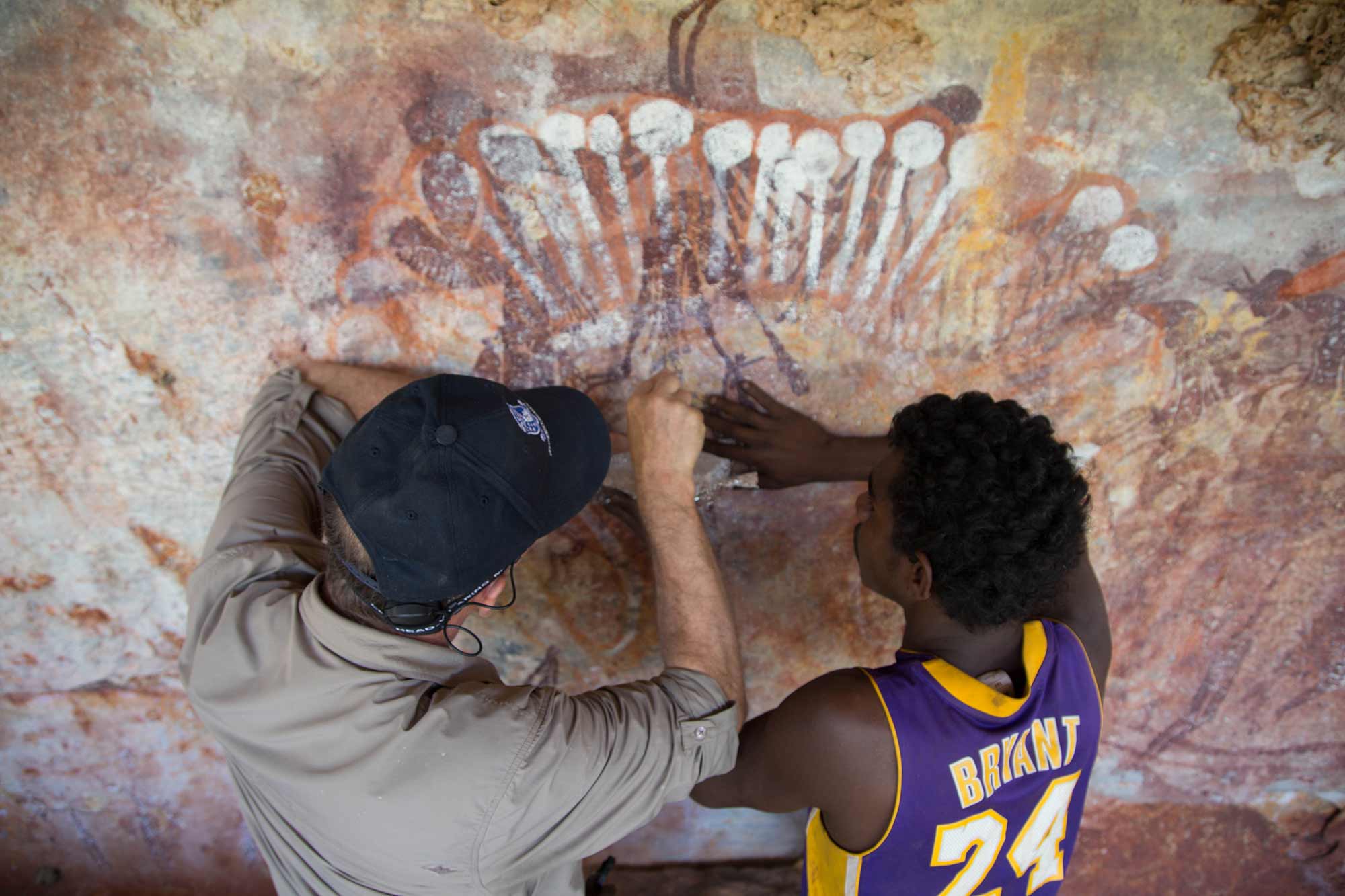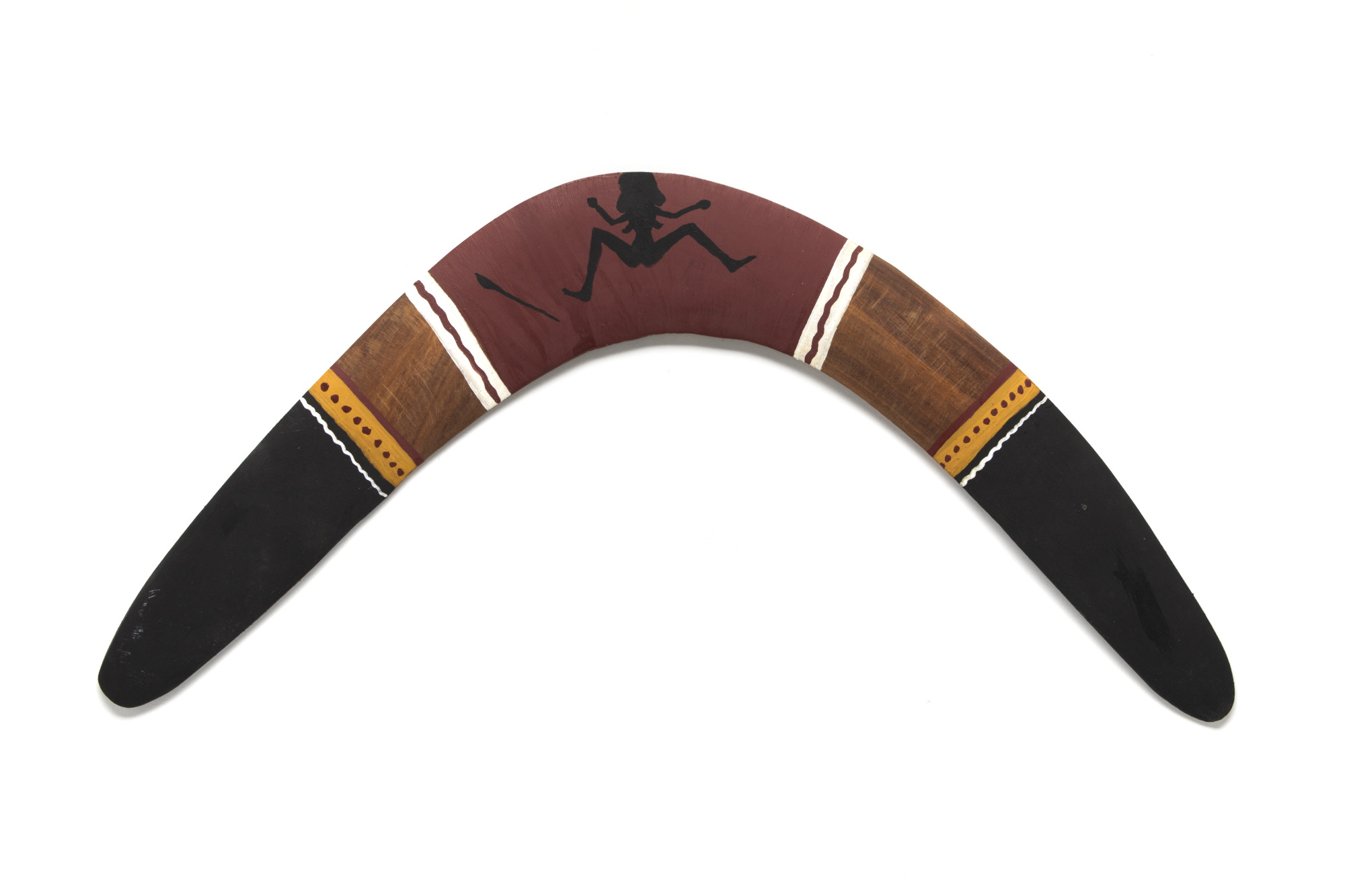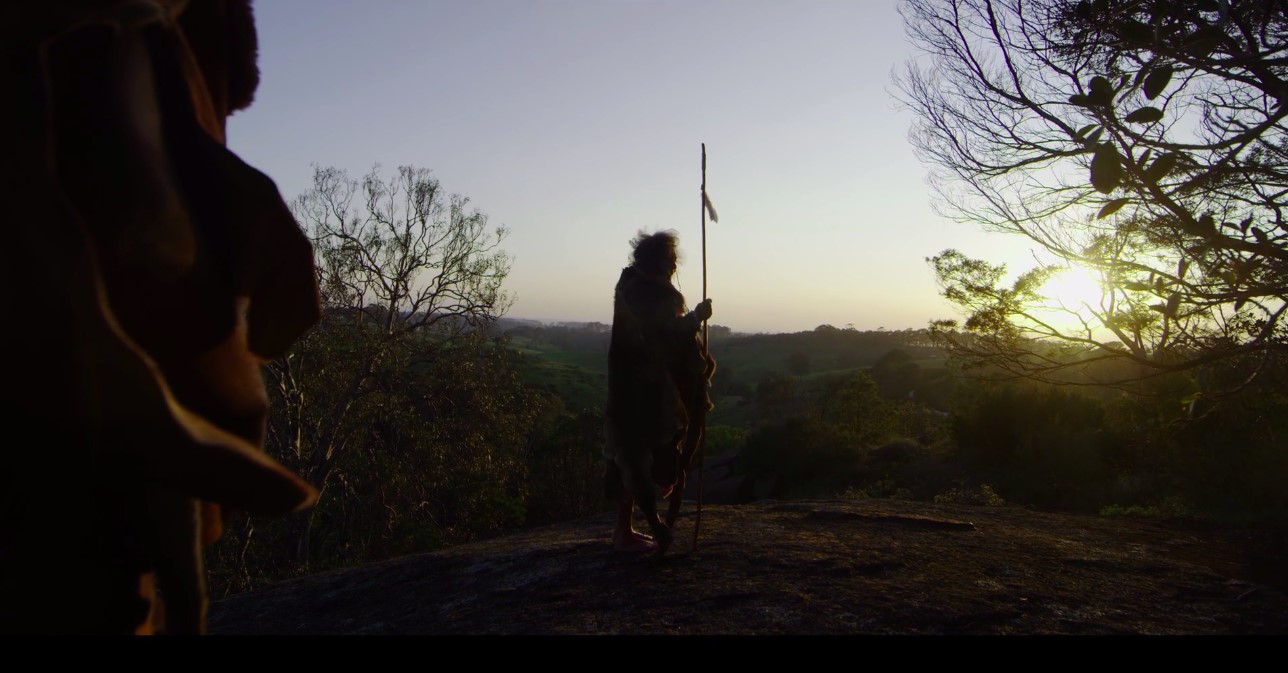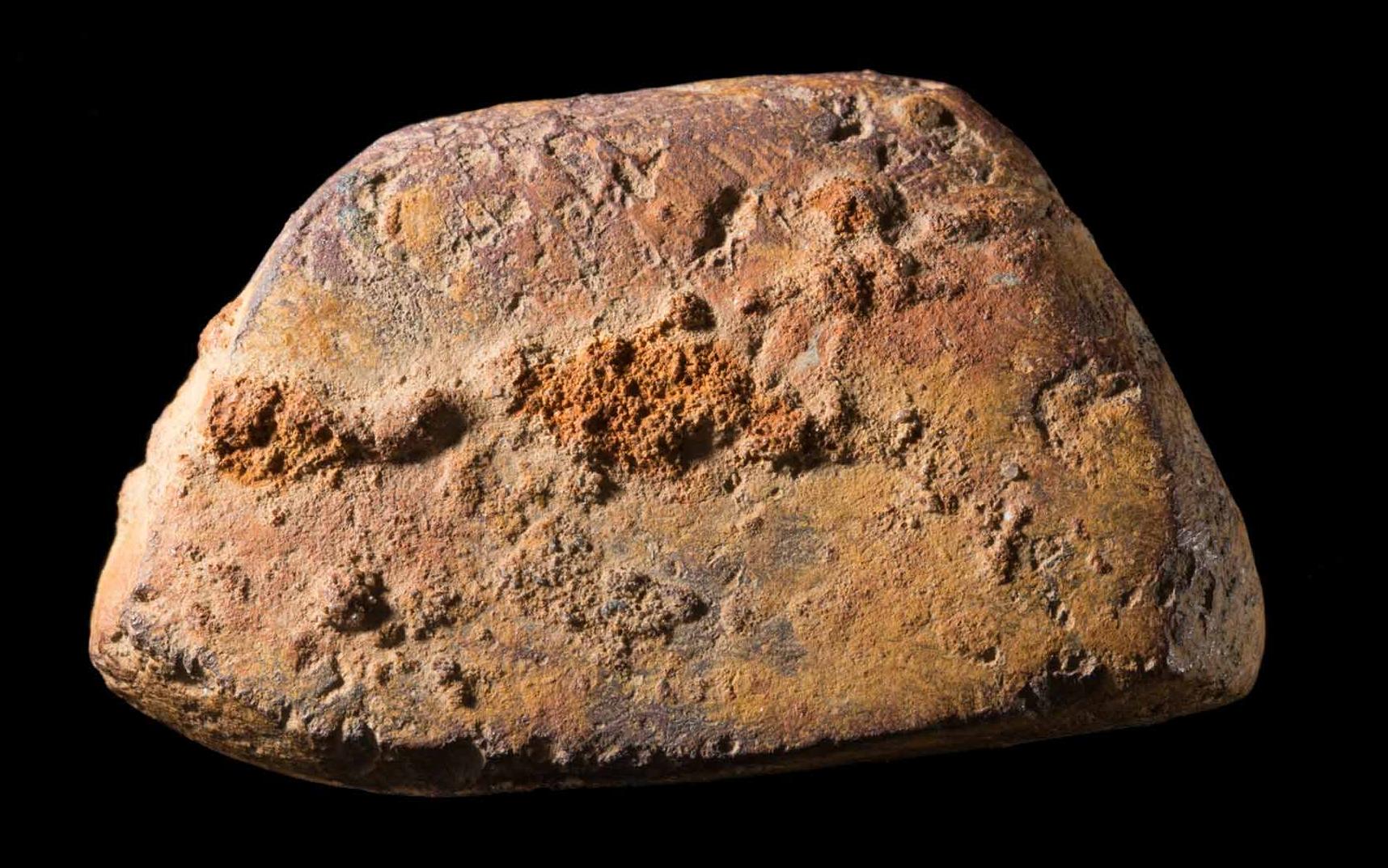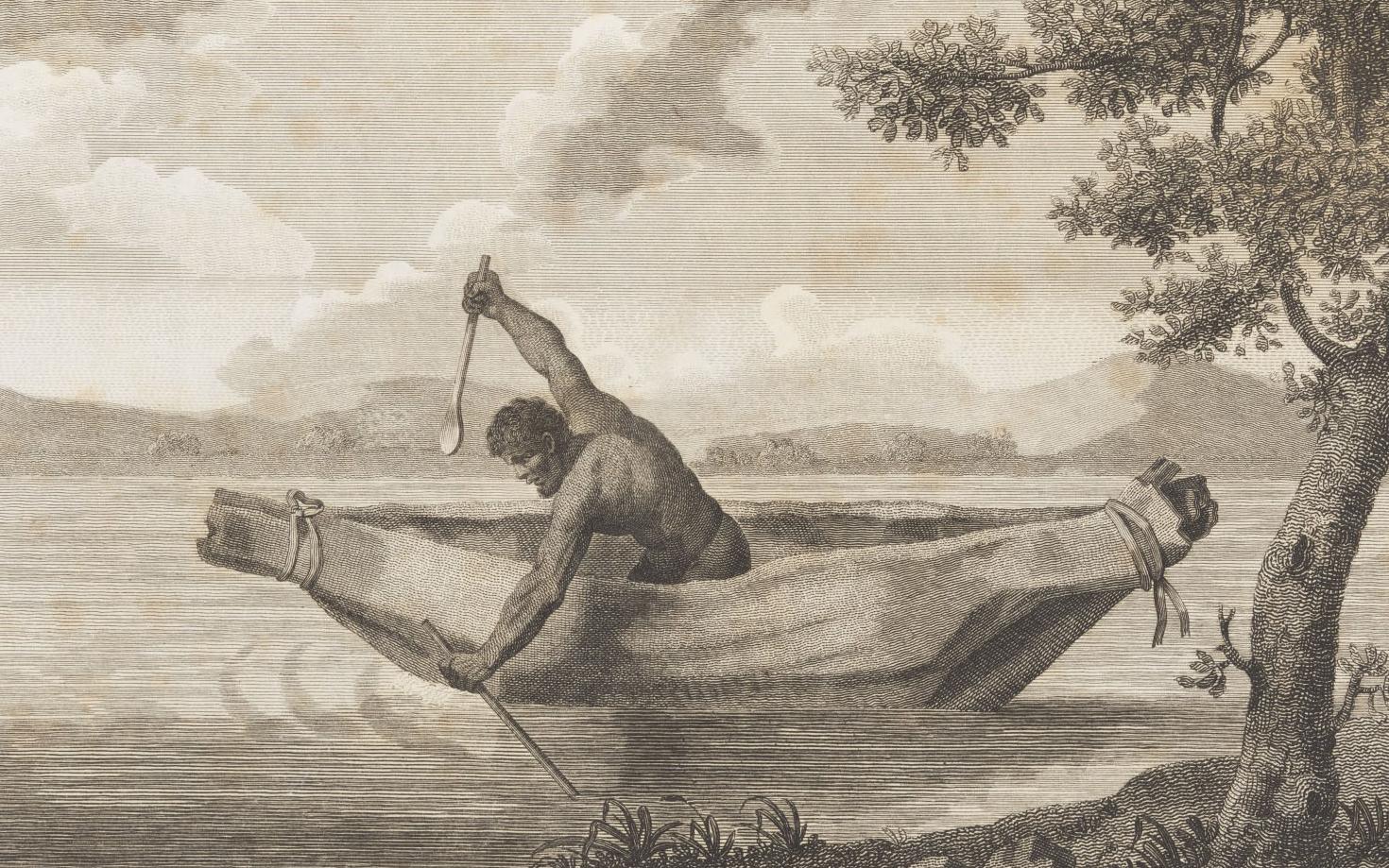Much more than a tool
About 20,000 years ago: Earliest evidence of the boomerang in Australia
Much more than a tool
About 20,000 years ago: Earliest evidence of the boomerang in Australia
Earlier
1700
In a snapshot
Boomerangs are a symbol of Australia recognised by people around the world. The boomerang features in Aboriginal creation stories. For Aboriginal people the boomerang is as old as the continent and symbolises their cultural endurance. Boomerangs continue to be made in Aboriginal communities and are an important link to Aboriginal history and country.
